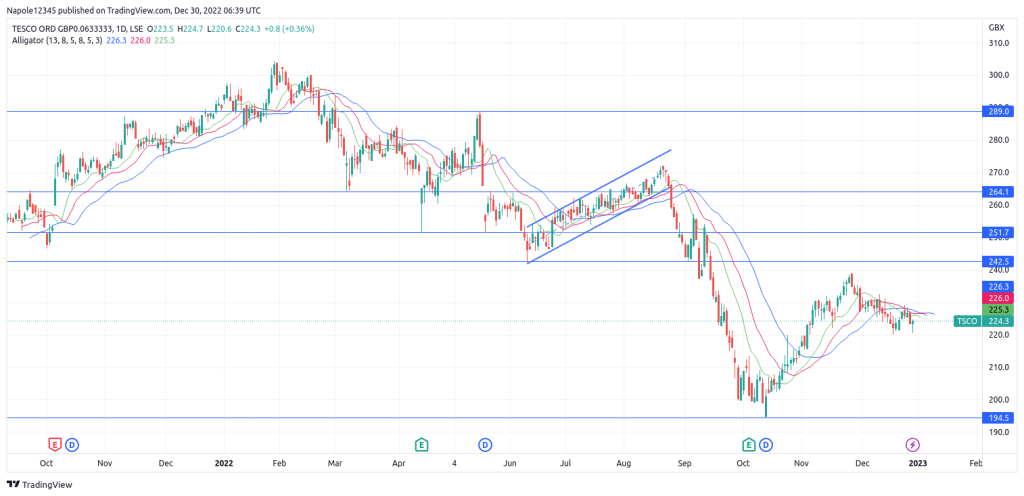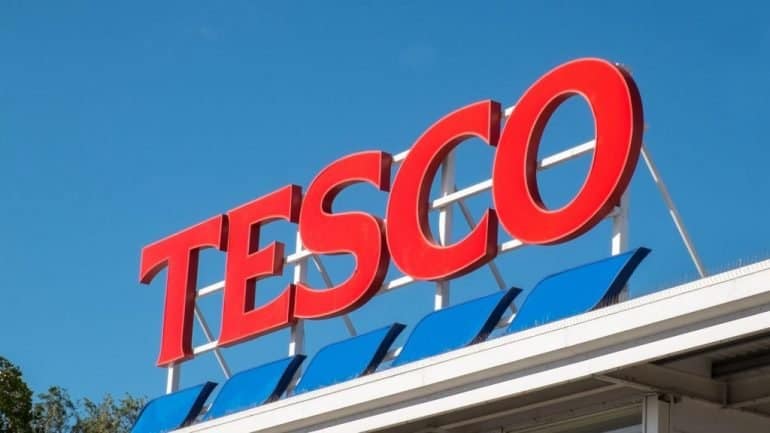Tesco closed yesterday’s trading session up by less than a percentage point, reversing a bearish trend of Wednesday. However, despite the price gain, Tesco is looking highly likely to close the year on a bearish trend and down 25 percent year-to-date.
Should You add Tesco to your 2023 Portfolio?
Tesco, one of the world’s largest supermarkets, has faced a challenging year in 2022. The company’s share price has fallen by almost 23% over the past year and is down 28% from pre-pandemic levels, indicating that the market has begun to neglect the share.
Despite this, there are some positive highlights for the company. Its price-to-earnings (P/E) ratio is currently 10.2, which is below its three-year average of almost 17. This ratio is also forecast to remain relatively stable at 10.6 next year.
Additionally, the company’s current dividend of nearly 5% is comfortably paid using earnings per share (EPS) and is expected to only fall slightly to 4.8% in 2023. The company is also generating a free cash flow of 120% of EPS per share, which is significantly above its three-year average. Its return on capital employed (ROCE) ratio is also at a reasonable level of almost 8%.
However, Tesco also faces some core challenges. The company has very high debt levels at almost 94% of market capitalization, which, combined with slim profit margins, could put pressure on the company in tough times. This is likely why the share has suffered during the pandemic and why current macroeconomic threats to the UK could cause further damage.
The balance sheet, already weakened by the pandemic, is vulnerable to the combined risks of elevated inflation and reduced consumer demand following the cost-of-living crisis. If these factors continue, the company’s dividend is likely to be the first area to be affected. If EPS experiences the expected 4.5% decline, further action may be needed.
Despite the reduced share price, it is not recommended to add Tesco to a portfolio at this stage due to the challenges the company faces. However, this view may change if broader economic threats begin to subside and the company’s core fundamentals strengthen over the year.
Daily Chart


